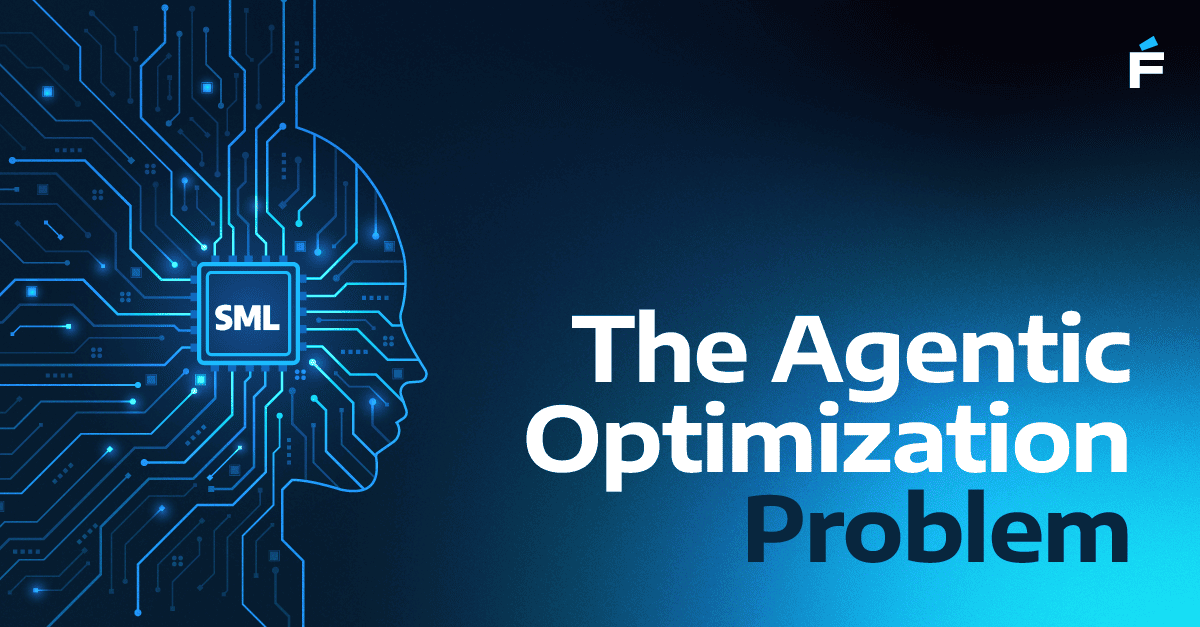By 2024, more than 45% of IT spending is projected to shift from traditional on-premises solutions to the cloud, according to Gartner. This trend is driven by the numerous advantages cloud computing offers businesses. However, migrating to the cloud also comes with its own set of challenges. This guide will explore both sides of the coin, outlining different migration strategies and essential steps for a successful transition.
Why businesses hesitate to migrate
Despite the potential benefits, many businesses remain hesitant to migrate their IT infrastructure to the cloud due to several concerns:
- Legacy systems: Mission-critical legacy systems, particularly in sectors like finance, are often deemed irreplaceable and may still function well on-premises.
- Unrecovered investment: Significant investments may have already been made in legacy systems, making a complete switch to the cloud financially unviable in the short term.
- Lack of expertise: Businesses reliant on legacy software may lack the in-house IT expertise required to plan and execute a smooth cloud migration.
- Downtime and data security fears: Concerns about potential outages and data loss during the migration process are significant deterrents for some businesses.
The compelling benefits of cloud migration
On the flip side, cloud migration offers a multitude of advantages that can significantly enhance a business's IT operations:
Efficient resource allocation: Cloud migration enables smarter resource utilization through SaaS solutions and scalability. Organizations can scale resources up or down based on demand, optimizing costs and performance.
Cost reduction: Cloud environments reduce operating expenses by lowering maintenance and hosting costs. Organizations can shift from capital expenditure (CapEx) to operational expenditure (OpEx), leading to better financial flexibility.
Increased security: Cloud providers offer robust security features and infrastructure, often surpassing those of outdated legacy systems. This includes advanced encryption, continuous monitoring, and compliance with industry standards.
Operational agility: Cloud tools allow businesses to quickly adapt to market changes and accelerate time-to-market for new products and services. Continuous integration and delivery (CI/CD) pipelines can be easily implemented in cloud environments.
Disaster recovery and business continuity: Built-in features within cloud solutions ensure that data and applications remain available and resilient in the face of disruptions.
Global reach and collaboration: The cloud allows organizations to deploy applications and services globally, providing better performance for distributed teams and customers. It also facilitates collaboration through shared tools and platforms.
Challenges to consider during cloud migration
While cloud migration offers numerous benefits, it's not without its challenges. Businesses must carefully consider these potential roadblocks before embarking on their cloud journey:
Missing roadmap: Without a clear strategy and goals, efforts become fragmented, leading to wasted resources and unmet objectives. A comprehensive strategy ensures alignment across the organization.
Resource constraints: Cloud migration requires investment. Limited capital, time, or skilled personnel can hinder progress and increase the risk of failure.
Planning shortcomings: Inadequate planning, lacking risk assessments, timelines, and contingency plans, can lead to disruptions, delays, and increased costs.
Outdated tech stack: Incompatible technology can significantly impede migration success. Modernizing legacy systems or adopting cloud-aligned solutions may be necessary to ensure compatibility.
Service model mismatch: Selecting the wrong cloud service model (Infrastructure-as-a-Service (IaaS), Platform-as-a-Service (PaaS), Software-as-a-Service (SaaS)) can compromise the migration at any stage. Carefully evaluating each model's benefits and limitations is essential for making an informed decision.
Data security and compliance: Businesses must implement robust security measures, such as encryption and access controls, and understand the compliance requirements specific to their industry.
Vendor lock-In: Relying heavily on a single cloud provider can limit future flexibility in terms of switching providers or adopting a multi-cloud strategy. Designing a flexible architecture that allows for portability and evaluating multiple providers can mitigate this risk.
Change management hurdles: Effective change management strategies are essential to minimize resistance from employees and ensure smooth adoption of new cloud workflows.

Cloud migration strategies: The 6 Rs
The decision of how to migrate to the cloud can be daunting, and businesses need a framework to assess their options and choose the best approach to ensure success. The "6 Rs" offer just that. Developed by Gartner and expanded by AWS, these six distinct cloud migration strategies cater to a range of needs and desired levels of transformation.
From quick and simple migrations to complete application re-architectures, the 6 Rs empower businesses to make informed decisions and embark on a successful cloud journey.
- Rehosting (Lift and Shift): Rehosting involves moving applications from on-premises to the cloud with minimal changes. This strategy is ideal for quick migrations without application re-architecture and is typically done on an IaaS basis. Tools like AWS Server Migration Service or Azure Migrate can automate this process.
- Replatforming (Lift, Tinker, and Shift): Similar to rehosting, but with minor cloud optimizations to achieve some benefits without changing the core architecture. This strategy allows for modifications like switching databases or operating systems to leverage cloud infrastructure.
- Refactoring (Re-architecting): Refactoring requires more extensive code changes to make the application more cloud-native. This approach involves re-architecting applications to fully leverage PaaS offerings for scalability, resilience, and agility. It might involve breaking monolithic applications into microservices, utilizing serverless computing, or integrating cloud-native databases and storage solutions.
- Revising: Revising involves modifying and extending the existing code base, then deploying it using rehosting or refactoring. This strategy may be necessary when the application needs significant updates to function effectively in the cloud environment.
- Rebuilding: Rebuilding entails completely redeveloping the application from scratch using cloud-native technologies and platforms. This strategy offers the highest potential for optimization and innovation but requires a significant investment in development and testing.
- Replacing: Replacing involves discarding the existing application and adopting a new third-party SaaS solution. This strategy is suitable when an off-the-shelf solution can meet the business' needs more efficiently and cost-effectively.

How we approach cloud migration at Forte Group
We understand the unique challenges and opportunities businesses face when migrating to the cloud. That's why we take a collaborative approach, working closely with you to develop a customized cloud migration strategy that aligns with your specific goals and infrastructure.
We leverage our expertise as an AWS Premier Consulting Partner and a Databricks Gold Partner to deliver secure, scalable, and cost-effective cloud solutions. Our team of certified cloud architects and engineers will guide you through every stage of the migration process, from initial assessment and planning to implementation and ongoing optimization.
The path to cloud success
Cloud migration offers enhanced agility, scalability, and cost-efficiency. However, in order to navigate this process with confidence, businesses need to acknowledge the potential challenges and plan meticulously. A comprehensive strategy, combined with a focus on resource allocation, risk mitigation, and change management, will ensure a successful and value-driven cloud migration journey. Book a call with our experts and get started today.

.png)



